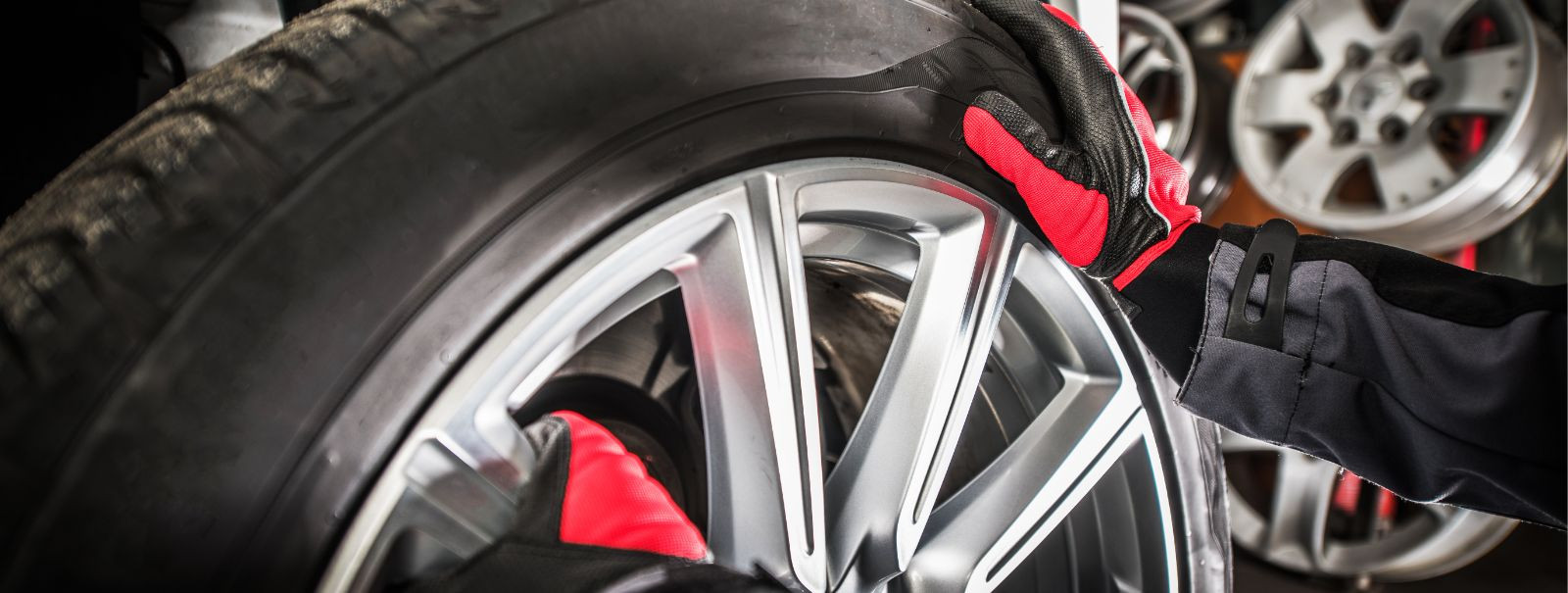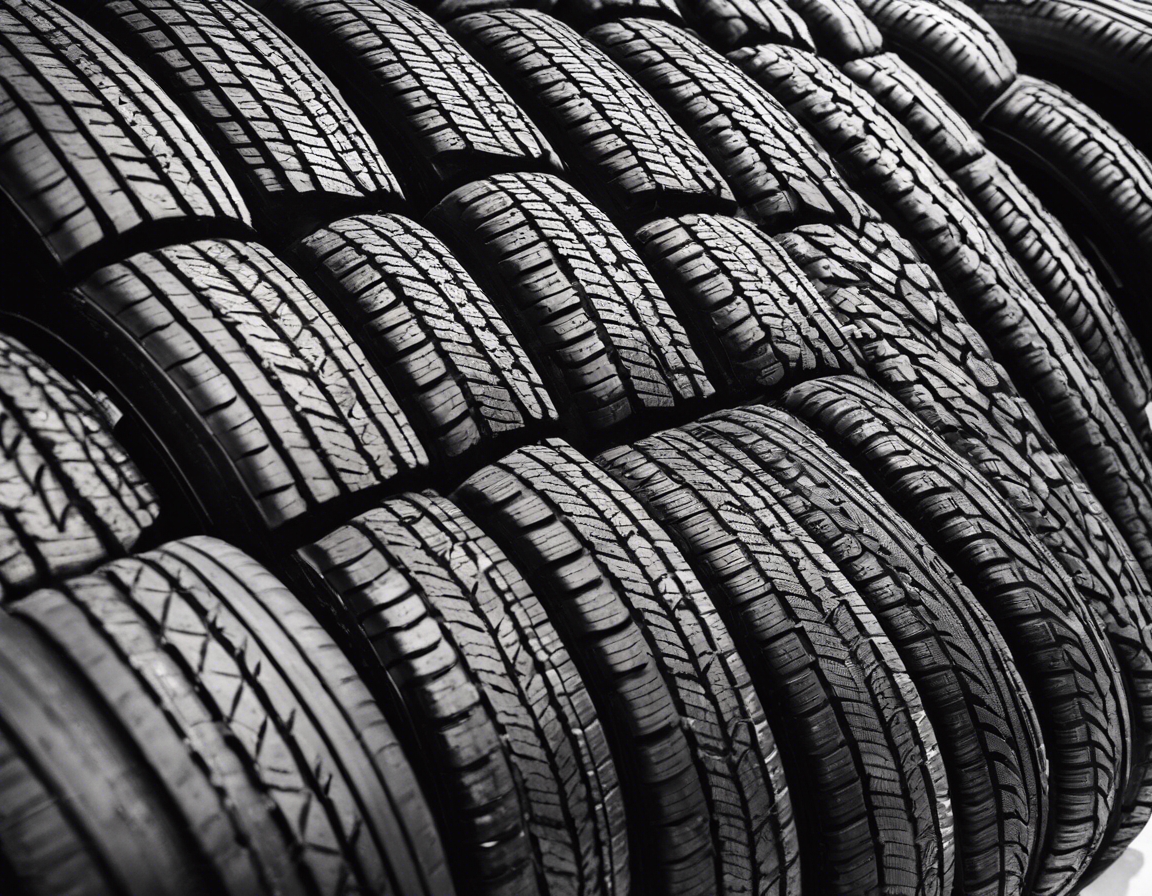5 signs your car needs new tyres
Ensuring your vehicle is equipped with quality tyres is crucial for safety, performance, and efficiency. Recognizing when it's time to replace your tyres can save you from potential hazards and costly repairs. Here are five signs that indicate your car needs new tyres.
Understanding Tyre Wear and Safety
Tyres are the only point of contact between your vehicle and the road. They play a vital role in handling, braking, and overall stability. Ensuring your tyres are in good condition is paramount for your safety.
All tyres wear down with use. Factors such as driving habits, road conditions, and maintenance practices can accelerate this process. Regular inspections can help identify wear before it becomes a safety issue.
Sign #1: Tread Depth is Below Legal Limit
The tread on your tyres provides the necessary grip on the road. When the tread depth falls below the legal limit, it's time for a replacement. A simple way to measure this is with the 'penny test'.
In many regions, the legal minimum tread depth is 1.6 millimeters. Driving with tread depth below this limit can result in fines and increased risk of accidents, especially in wet conditions.
Sign #2: Visible Damage to the Tyres
Bulges, cuts, and cracks on the tyre surface are clear indicators that your tyres may need immediate attention. These damages can compromise the tyre's structure and lead to blowouts.
If you notice any visible damage, it's best to have your tyres inspected by a professional. Continuing to drive on damaged tyres can be dangerous.
Sign #3: Tyres are Over 5 Years Old
Even if your tyres look fine, rubber compounds deteriorate over time. Tyres older than five years should be inspected regularly for signs of aging, such as sidewall cracking.
The manufacture date of a tyre is indicated by a four-digit code on the sidewall. The first two digits represent the week, and the last two the year of manufacture. This information can help you determine if it's time for a replacement.
Sign #4: Vibration or Unusual Noises
Excessive vibration or strange noises while driving can be a sign of uneven tyre wear or internal damage. It's important to address these issues promptly to avoid further damage to your vehicle.
Unbalanced tyres, misalignment, or damaged suspension components can cause these symptoms. Regular tyre maintenance can help prevent these issues.
Sign #5: Poor Vehicle Handling or Increased Stopping Distance
If you're experiencing poor handling or your vehicle is not responding well to steering, it could be due to worn tyres. Tyre condition directly affects vehicle dynamics and control.
Worn tyres can also lead to increased stopping distances, particularly in wet conditions. This can significantly affect your ability to avoid collisions.






Comments (0)